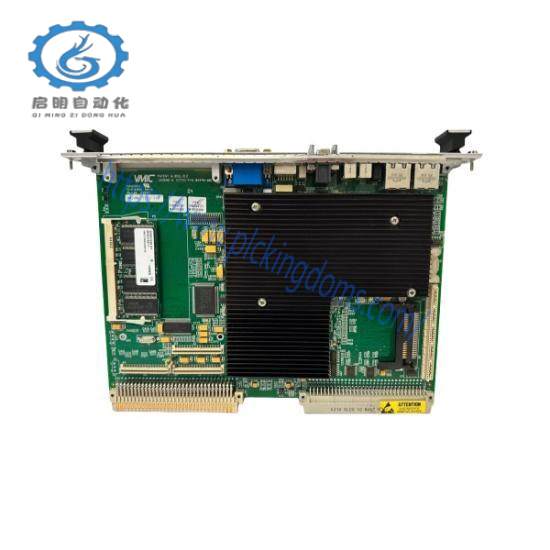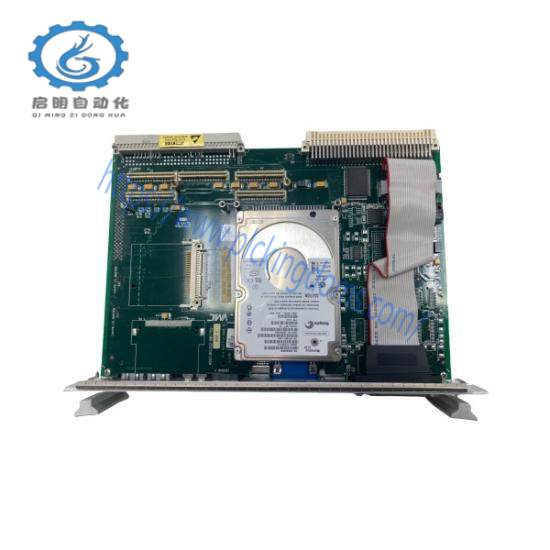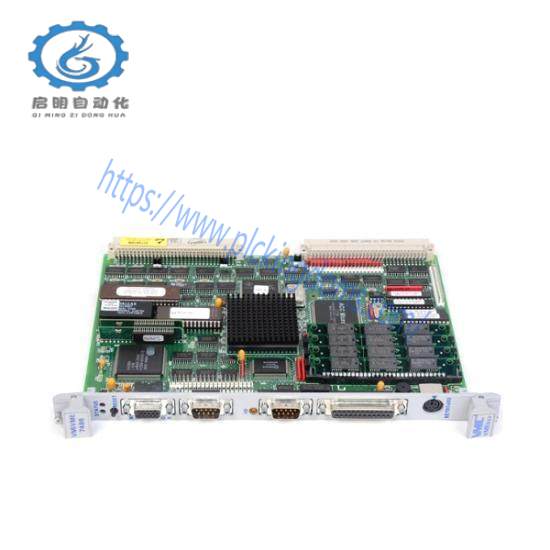“Leading Innovation and Coexistence” – Thermo Fisher Scientific comprehensively upgrades its development commitment in China
Recently, Thermo Fisher Scientific (hereinafter referred to as Thermo Fisher), a global leader in enabling technological progress, released a new commitment to development in China – “Leading in Innovation and Symbiosis”, aiming to further emphasize its local development strategy of using global resources and innovative technologies to work with local partners to jointly promote local technological progress, empower the local industrial ecology, and create a healthier, cleaner and safer future for China.
After more than 40 years in China, Thermo Fisher has been committed to serving local customers with innovative solutions, and has made continuous breakthroughs in technological innovation, local investment, ecological empowerment, sustainable development and other fields to meet the changing needs of the Chinese market. These measures not only reflect Thermo Fisher’s advantages in global resources and local innovation, but also provide more stable and reliable support for the high-quality development of the Chinese market.
Global resources lead local innovation
Thermo Fisher Scientific invests more than $1.5 billion in R&D each year, has more than 5,700 R&D scientists and engineers, provides more than 11 billion diagnostic tests each year, has more than 1 million patients using Thermo Fisher Scientific drugs every day, and helps more than 80 countries on seven continents to monitor air quality, …, behind these figures is Thermo Fisher Scientific’s continuous innovation in technology and services for more than 100 years, which has helped human scientific exploration and social progress.
In China, Thermo Fisher Scientific continues to invest to enhance local R&D and production capabilities, lead local innovation in the fields of pharmaceuticals and biopharmaceuticals, medical health, academic research and application markets, and build a strong local industrial chain.
As early as 2013, Thermo Fisher Scientific established the China Innovation Center in Shanghai, its headquarters in China, laying the foundation for accelerating local innovation. In the following ten years, research institutions such as Thermo Fisher China Precision Medical Science Center, Bioprocess Design Center, and Life Science R&D Center were successively completed, not only bringing world-class cutting-edge technologies and products to China, but also providing local partners with a number of services such as application development and training to help enhance the independent R&D capabilities of local partners.
In terms of production, Thermo Fisher has invested in the construction of Suzhou Life Science Industrial Base, Guangdong-Hong Kong-Macao Greater Bay Area Base, and Hangzhou Biopharmaceutical CDMO Factory in recent years. In combination with local needs, it has further enhanced its manufacturing and service capabilities in the fields of biopharmaceuticals and life sciences, and provided strong guarantees for the R&D and production of local partners with a stable industrial chain.
China’s wisdom empowers the industrial ecology
For a long time, Thermo Fisher has helped the development of local scientific services with its independent scientific research strength, local innovative technologies, and “China-customized” products and solutions, accelerating the localization of scientific research instruments. The continuous launch of localized products such as disposable bioprocess container series products, virus detection and low-temperature storage solutions, various laboratory analytical instruments, materials and environmental testing instruments, etc., is the result of Thermo Fisher’s development of independent R&D and production capabilities in China, and is also the driving force for the continuous promotion of localization. In the future, with the introduction of advanced global production lines, Thermo Fisher’s domestic products will meet the needs of the global market with higher standards.
In addition, Thermo Fisher’s path to local development is inseparable from fellow travelers in the local science and technology innovation ecosystem. Thermo Fisher actively cooperates with many Chinese governments, parks, universities, research institutions and enterprises, and is committed to providing one-stop overall solutions for achievement transformation, enterprise incubation, talent training and industrial agglomeration, and creating a world-class industrial ecological cluster in the fields of biomedicine and life sciences. In recent years, Thermo Fisher has successively cooperated with domestic scientific research institutions and government parks such as Xi’an Jiaotong University, the University Analysis and Testing Branch of the China Analysis and Testing Association, Chengdu Tianfu International Biocity, and Beijing Xinshengchao to meet the needs of industry, academia and research, and accelerate China’s local R&D and innovative technology transformation.
Innovative measures to build a sustainable future
Thermo Fisher has also always paid attention to sustainable development, and announced in 2021 its global goal of achieving net zero carbon emissions by 2050. At present, Thermo Fisher has more than 60 production bases around the world that use 100% renewable electricity. At the same time, 470 Thermo Fisher laboratory products have passed third-party environmental impact testing and certified as environmentally friendly green energy-saving products, enabling global customers to create a sustainable future.
In China, Thermo Fisher combines the company’s mission with China’s development concept of “continuously promoting green development and promoting harmonious coexistence between man and nature”, and uses Thermo Fisher’s own innovative advantages to create a series of “China-customized” overall solutions and green environmental protection products for local customers: from the monitoring of greenhouse gases in the ambient atmosphere and greenhouse gases from pollution sources to the recycling of carbon dioxide; from the monitoring of metal elements in lithium batteries and photovoltaic materials to the detection of microplastics in oceans and water systems, Thermo Fisher has always insisted on using the power of science and technology to protect the green waters and mountains of China, and work with local partners to promote green development.
Focusing on the sustainable development of local society, Thermo Fisher has established cooperation with authoritative Chinese public welfare organizations including the China Youth Development Foundation and the China Women’s Foundation for many years. Through a number of special public welfare projects such as “Little Scientists”, “Female Scientists Growth Plan”, and “Charity Health Run”, it continues to influence different groups in the local society and improve their welfare in many fields such as local scientific research talent development, national health, and healthy ecological construction.
Hann Pang, President of Thermo Fisher Scientific China, said: “‘Leading Innovation and Coexistence’ is the driving force behind Thermo Fisher Scientific’s 41 years of achievements in China and is also the guide for our future business in China. Thermo Fisher Scientific has always been committed to serving customer needs with innovative solutions and providing more stable and reliable support for the Chinese market. We firmly believe that only by integrating the innovative global cutting-edge technology and local wisdom can we truly achieve the goal of ‘Leading Innovation and Coexistence’ and work with partners from all walks of life to promote China’s high-quality development.”
Related product recommendations:
ABB PPD114B1022 3BHE020570R1022
ABB PPD113 B01-26-111000 3BHE023784R2630
ABB 3BHE024820R0101 PPD234 A101
Honeywell TK-PPD011
ABB PPD113B03-26-100100 3BHE023584R2365
ABB PPD113B01 3BHE023784R1010
ABB PPD113 B01-10-150000 3BHE023784R1023
ABB PPD115A02 3BHE017628R0002
GE IS220PPDAH1B
ABB 3BHE041576R3011 PPD517 A3011
Honeywell TK-PPD011
ABB PM857K01 3BSE088385R1
ABB PM851AK01
ABB PM860A
ABB PM863K01 3BSE088381R1
ABB PM851K01 3BSE018168R1
ABB PM858K01 3BSE082895R1
ABB PM803F 3BDH000530R1
ABB PM864AK01
ABB PM802F
ABB PM860K01 3BSE018100R1
ABB PM863K02 3BSE088382R1
ABB PM867K02
More…











